
Express Web Application Development
¥90.46
Express Web Application Development is a practical introduction to learning about Express. Each chapter introduces you to a different area of Express, using screenshots and examples to get you up and running as quickly as possible.If you are looking to use Express to build your next web application, "Express Web Application Development" will help you get started and take you right through to Express' advanced features. You will need to have an intermediate knowledge of JavaScript to get the most out of this book.
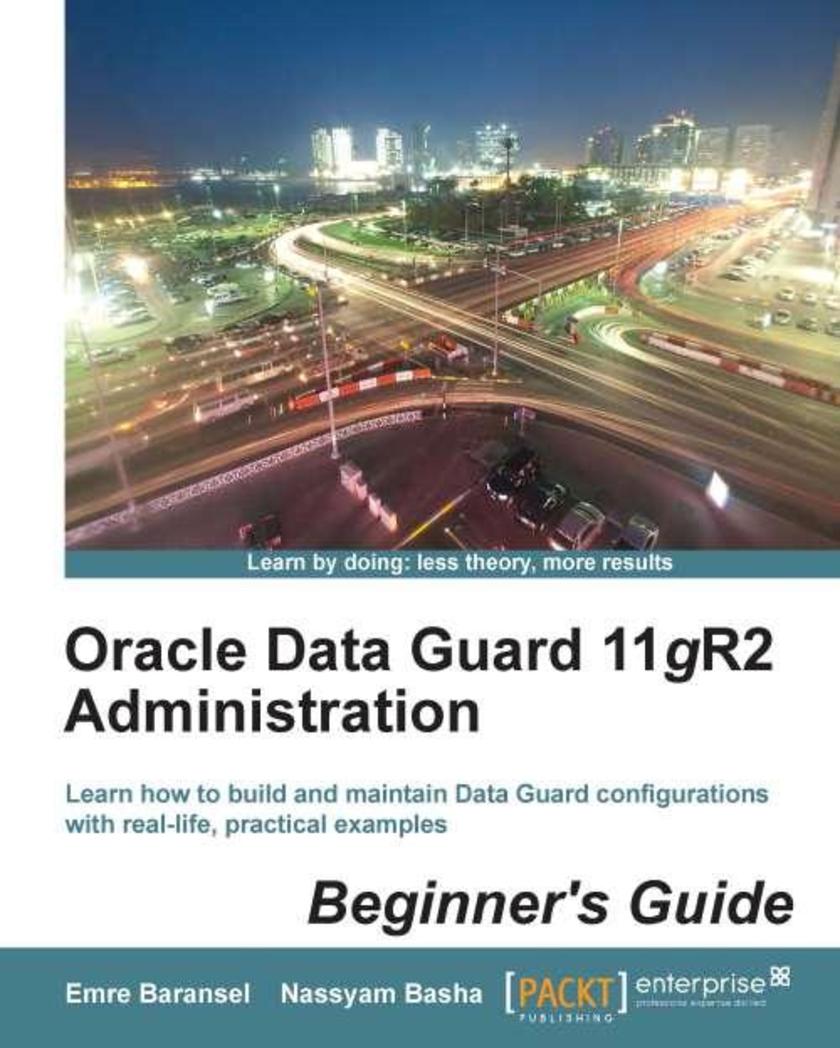
Oracle Data Guard 11gR2 Administration Beginner's Guide
¥107.90
Using real-world examples and hands-on tasks, Oracle Data Guard 11gR2 Administration Beginner's Guide will give you a solid foundation in Oracle Data Guard. It has been designed to teach you everything you need to know to successfully create and operate Data Guard environments with maximum flexibility, compatibility, and effectiveness. If you are an Oracle database administrator who wants to configure and administer Data Guard configurations, then "Oracle Data Guard 11gR2 Administration Beginner's Guide" is for you. With a basic understanding of Oracle database administration, you’ll be able to easily follow the book.

SFML Game Development
¥80.65
SFML Game Development is a fast-paced, step-by-step guide, providing you with all the knowledge and tools you need to create your first game using SFML 2.0.SFML Game Development addresses ambitious C++ programmers who want to develop their own game. If you have plenty of ideas for an awesome and unique game, but don’t know how to start implementing them, then this book is for you. The book assumes no knowledge about SFML or game development, but a solid understanding of C++ is required.
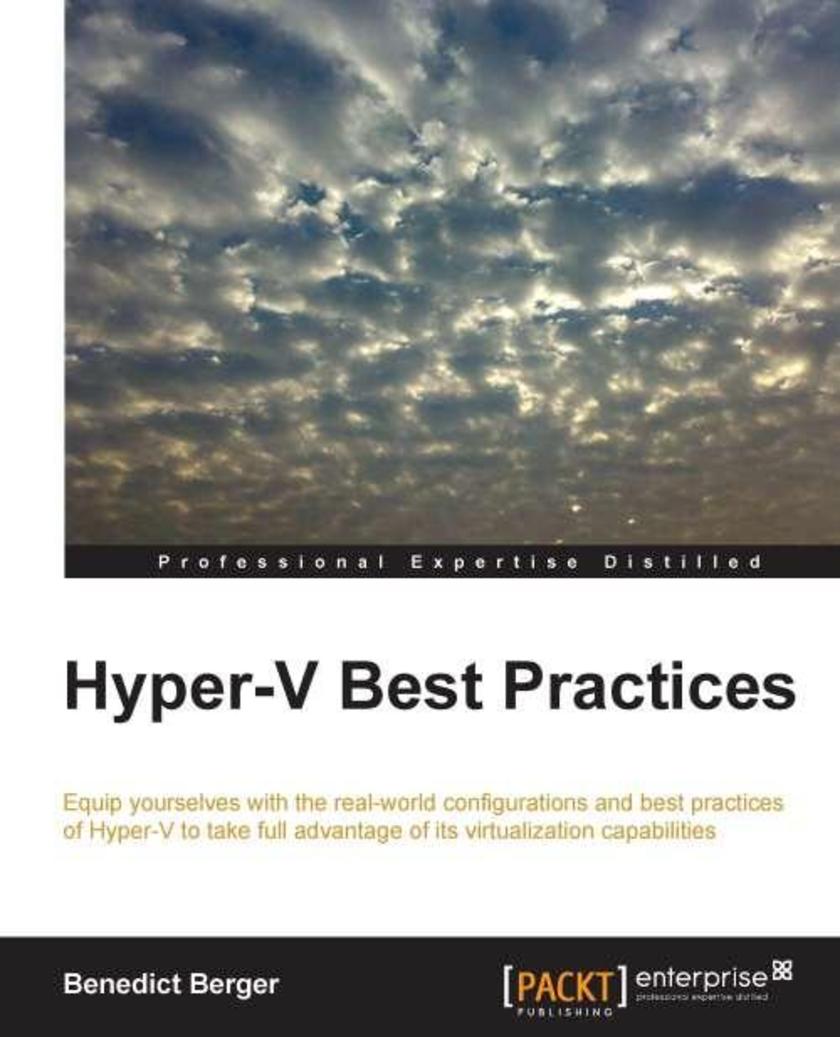
Hyper-V Best Practices
¥54.49
This book is intended for those who already have some basic experience with Hyper-V and now want to gain additional capabilities and knowledge of Hyper-V. If you have used Hyper-V in a lab environment before and now want to close the knowledge gap to transfer your Hyper-V environment to production, this is the book for you!
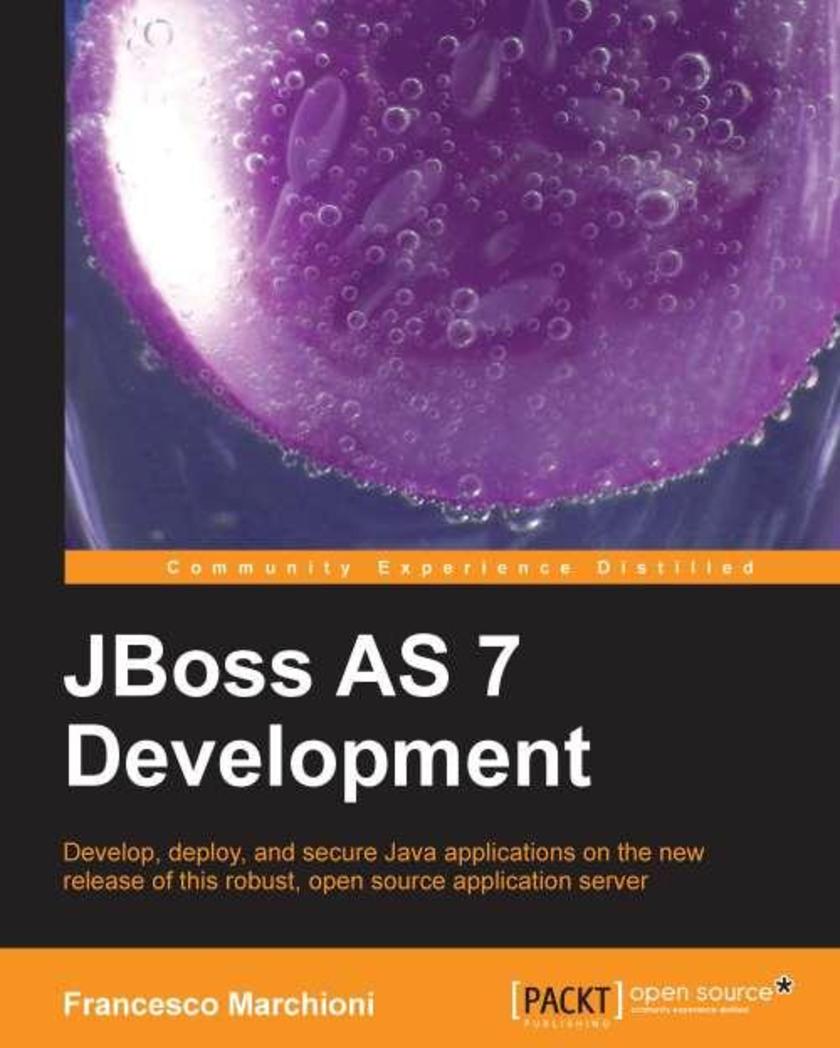
JBoss AS 7 Development
¥90.46
This book will kick-start your productivity and help you to master JBoss AS development. The author's experience with JBoss enables him to share insights on JBoss AS development in a clear and friendly way. By the end of the book, you will have the confidence to apply all the newest programming techniques to your JBoss applications.If you are a Java architect or developer who wants to get the most out of the latest release of the JBoss application server, then this book is for you. You are not expected to have accumulated experience on the application server though you must know the basic concepts of Java EE.
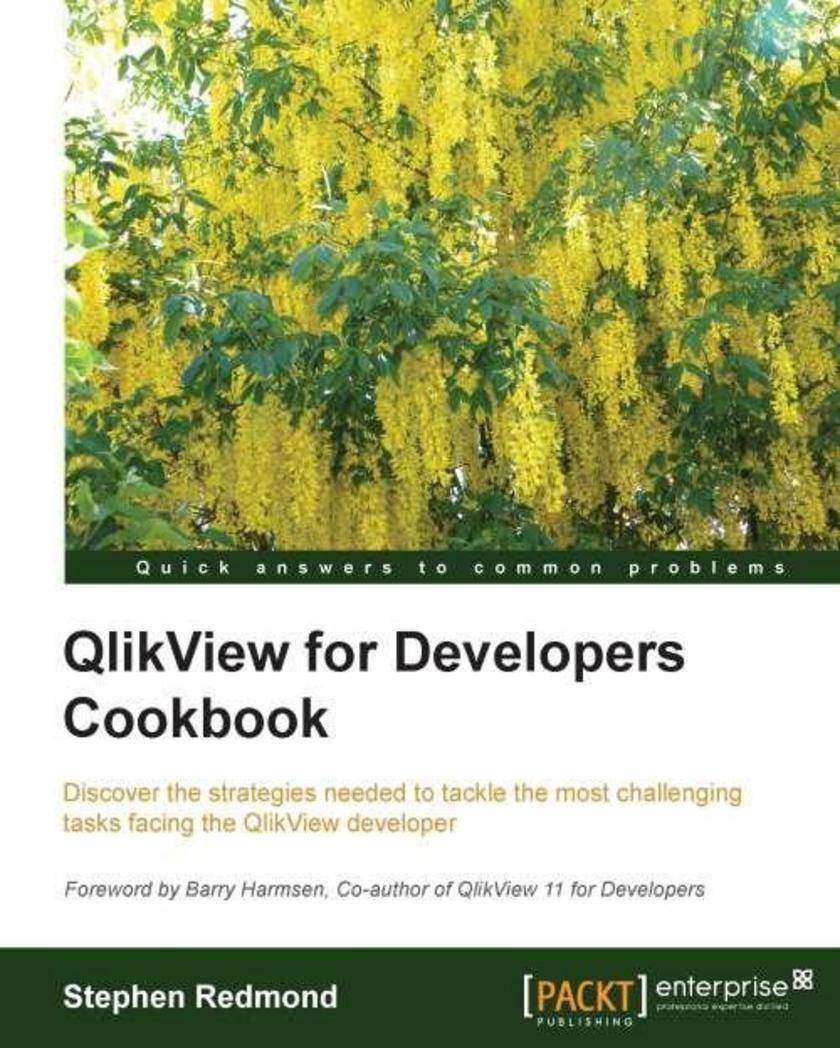
QlikView for Developers Cookbook
¥80.65
The recipes in this Cookbook provide a concise yet practical guide on how to become an excellent QlikView developer. The book begins with intermediate level recipes and then moves on to more complex recipes in an incremental manner.This book is for anyone who has either attended QlikView Developer training or has taught themselves QlikView from books or online sources. You might be working for a QlikView customer, partner, or even QlikView themselves (or want to!) and want to improve your QlikView skills.

SDL Game Development
¥80.65
Written as a practical and engaging tutorial, SDL Game Development guides you through developing your own framework and the creation of two engaging games.If you know C++ and you’re looking to make great games from the ground up, then this book is perfect for you.
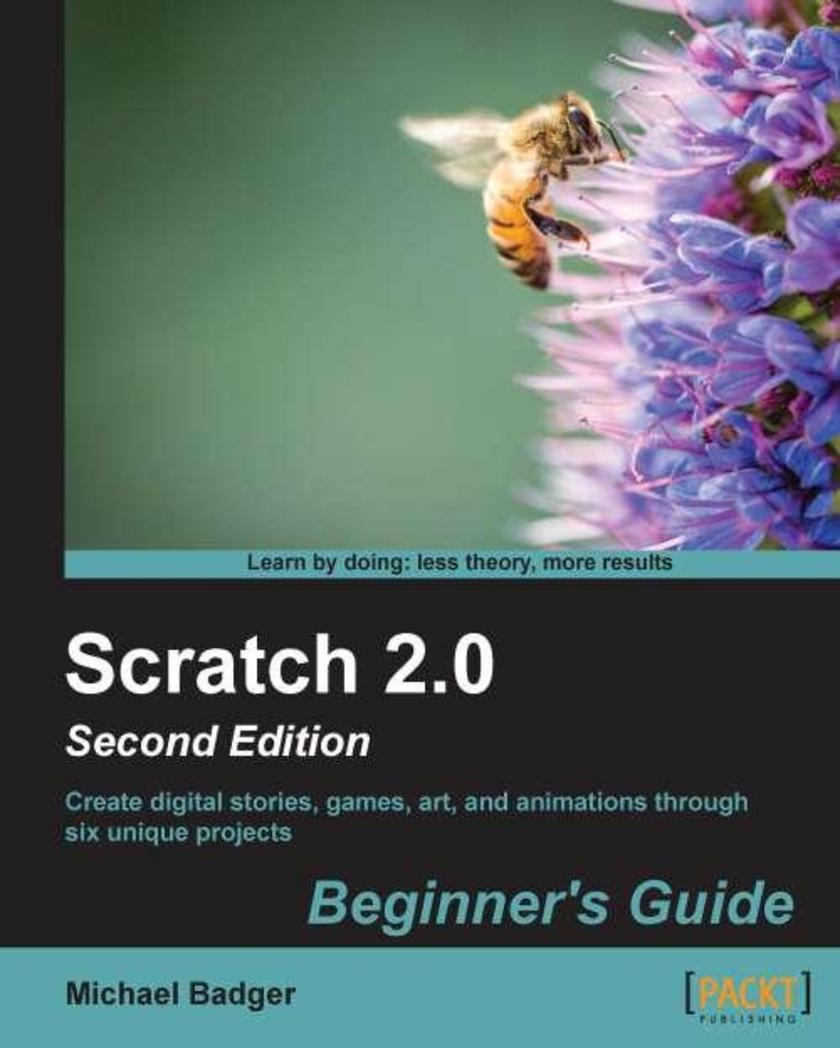
Scratch 2.0 Beginner's Guide
¥90.46
The book uses stepbystep instructions along with full code listings for each exercise. After each exercise, the author pauses to reflect, explain, and offer insights before building on the project. The author approaches the content with the belief that we are all teachers and that you are reading this book not only because you want to learn, but because you want to share your knowledge with others. Motivated students can pick up this book and teach themselves how to program because the book takes a simple, strategic, and structured approach to learning Scratch. Parents can grasp the fundamentals so that they can guide their children through introductory Scratch programming exercises. It’s perfect for homeschool families. Teachers of all disciplines from computer science to English can quickly get up to speed with Scratch and adapt the projects for use in the classroom.

Advertising on Google: The High Performance Cookbook
¥99.18
This book contains practical recipes on everything from creating an Adwords account, reporting, analyzing, bidding effectively to remarketing. The book is a guide to getting hands-on experience in Adwords strategies. It is extensively focussed on helping you build an Adwords account, which appeals to the visitors and attracts more clicks!This book is great for the users, who are ready to start using Adwords, as well as for experienced advertisers, who are looking to take their accounts to the next level. Just create an Adwords account and run ad campaigns to take advantage of the hands-on recipes.
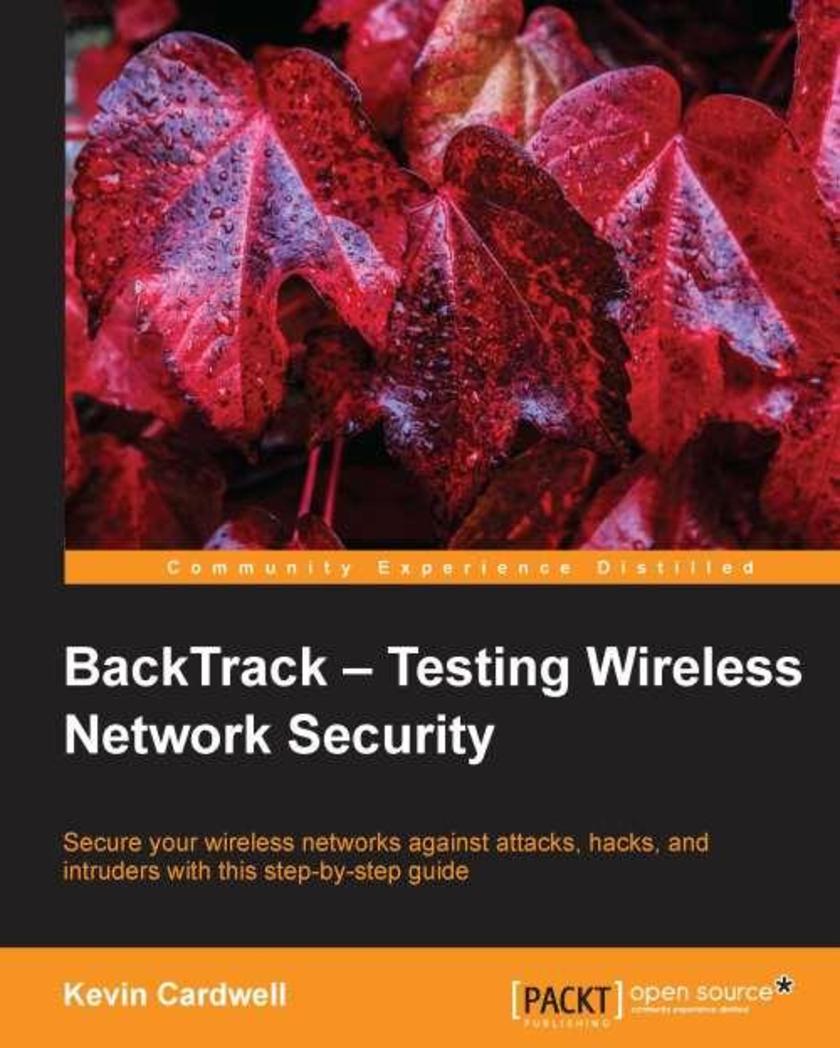
BackTrack – Testing Wireless Network Security
¥54.49
Written in an easy-to-follow step-by-step format, you will be able to get started in next to no time with minimal effort and zero fuss.BackTrack: Testing Wireless Network Security is for anyone who has an interest in security and who wants to know more about wireless networks.All you need is some experience with networks and computers and you will be ready to go.
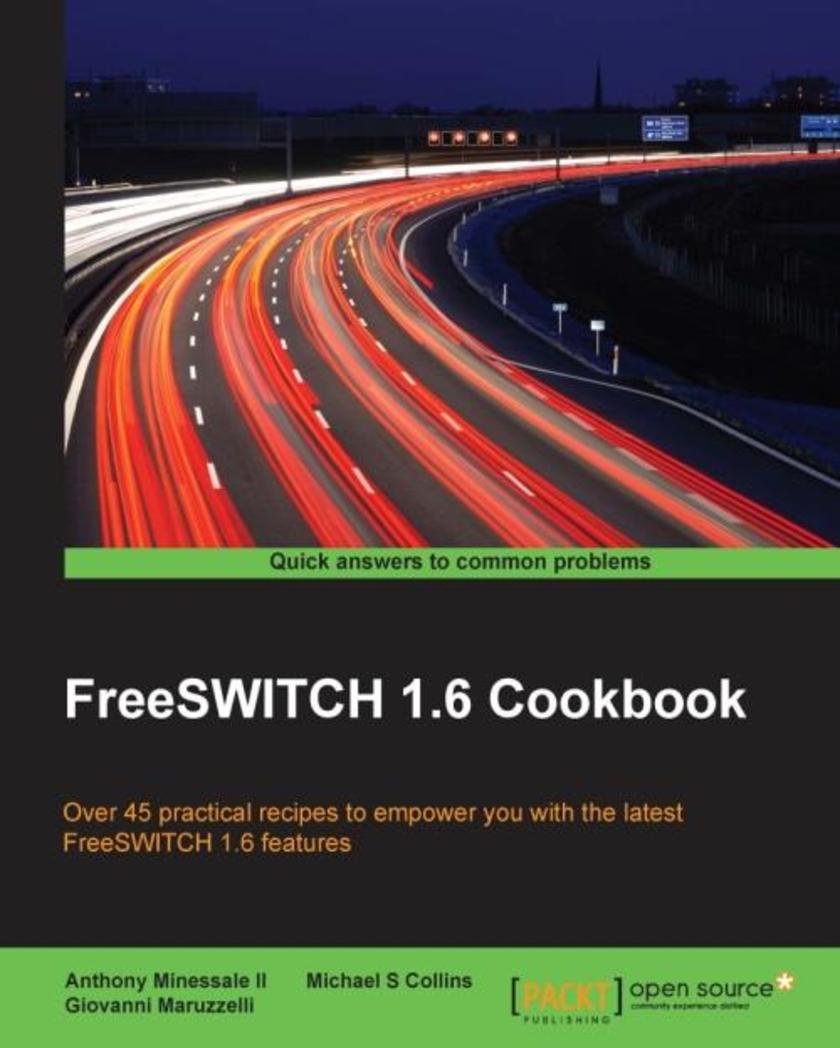
FreeSWITCH 1.6 Cookbook
¥71.93
FreeSWITCH 1.6 Cookbook is written for anyone who wants to learn more about using FreeSWITCH in production. The information is presented in such a way that you can get up and running quickly. The cookbook approach eschews much of the foundational concepts, and instead focuses on discrete examples that illustrate specific features. If you need to implement a particular feature as quickly as possible, then this book is for you.

PostgreSQL Server Programming
¥90.46
This practical guide leads you through numerous aspects of working with PostgreSQL. Step by step examples allow you to easily set up and extend PostgreSQL. "PostgreSQL Server Programming" is for moderate to advanced PostgreSQL database professionals. To get the best understanding of this book, you should have general experience in writing SQL, a basic idea of query tuning, and some coding experience in a language of your choice.

Microsoft Dynamics CRM 2011 Reporting
¥90.46
The book is a focused and step-by-step tutorial on Microsoft Dynamics CRM Reporting capabilities. It will enable Dynamics developers to create and manage reports, know what tools to use, how to use them, and where to find the data based on how it’s being entered into the system with Dynamics CRM.This book is great for users and developers new to the Dynamics CRM Reports and SQL Server Reporting services, and who are looking to get a good grounding in how to use the reporting capabilities of Dynamics CRM 2011. It’s assumed that you will have some experience in HTML and JavaScript already to build the advanced reports, but no previous programming experience is required to build and learn how to create some basic to intermediate reports, which will be used during the exercises within this book.

OpenGL Development Cookbook
¥90.46
The book is written in a Cookbook format with practical recipes aimed at helping you exploit OpenGL to its full potential.This book is targeted towards intermediate OpenGL programmers. However, those who are new to OpenGL and know an alternate API like DirectX might also find these recipes useful to create OpenGL animations.
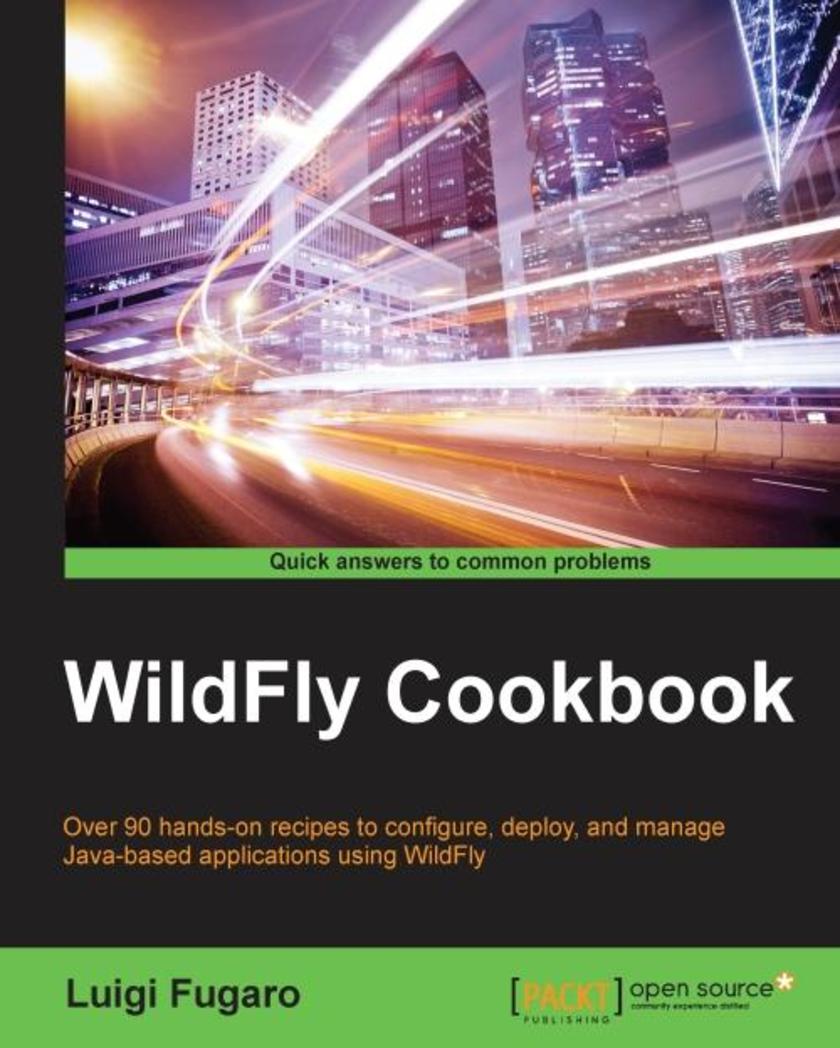
WildFly Cookbook
¥99.18
This book is intended for middleware system administrators and Java developers, actually good Java developers, who care about architecture design and implementation. Whether you are new to WildFly, come from a previous version, such as JBoss AS 5, 6, and 7, or are an expert in it, you will be able to master both the basic and advanced features of WildFly. By the way, most of the core components of WildFly are totally new, such as its administration tool, that is, the CLI; its operational modes, which are, the standalone and domain modes; and its web server provided by Undertow, you can benefit from this book even if you have no experience in JBoss and WildFly at all.
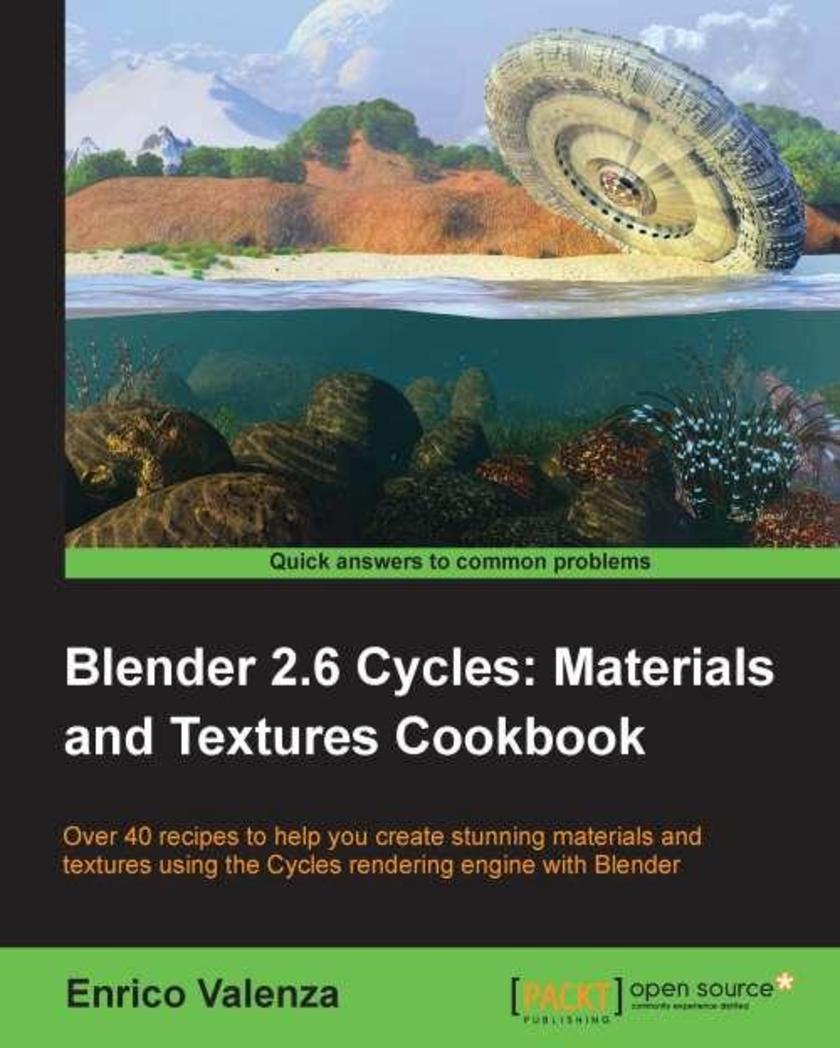
Blender 2.6 Cycles: Materials and Textures Cookbook
¥80.65
Written in a friendly, practical style this Cookbook deep-dives into a wide-array of techniques used to create realistic materials and textures.This book is perfect for you if you have used Blender before but are new to the impressive Cycles renderer. You should have some knowledge of the Blender interface, though this is not a strict requirement. If you want to create realistic, stunning materials and textures using Cycles, then this book is for you!
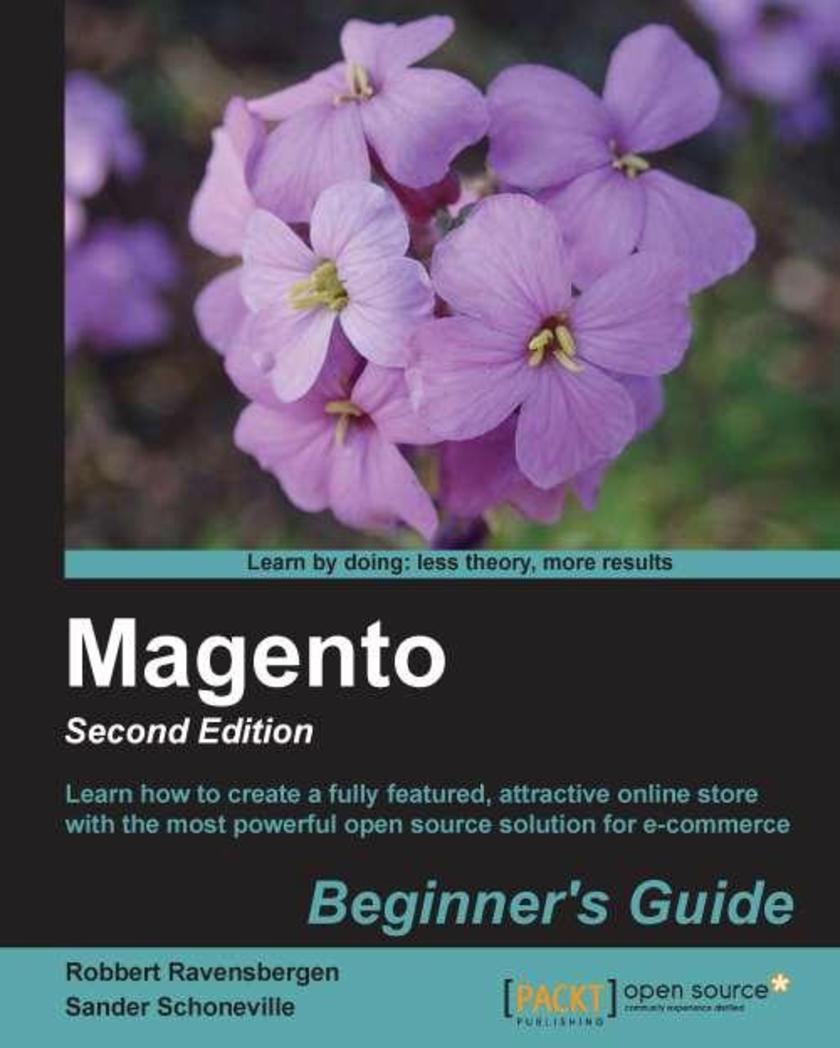
Magento Beginner's Guide Second Edition
¥90.46
This book is written in a friendly, beginner’s guide style with plenty of step-by-step instructions for installing, configuring, and using Magento to run your own e-commerce site. We will set up an example store in the book with enough information to adapt the instructions according to your needs.This book is for anyone who wants to create an online store using Magento. If you are a non-technical person and are discouraged by the complexity of this powerful e-commerce application, this book is ideal for you. This book would also suit someone with e-commerce knowledge but requires a guide to getting started with Magento.
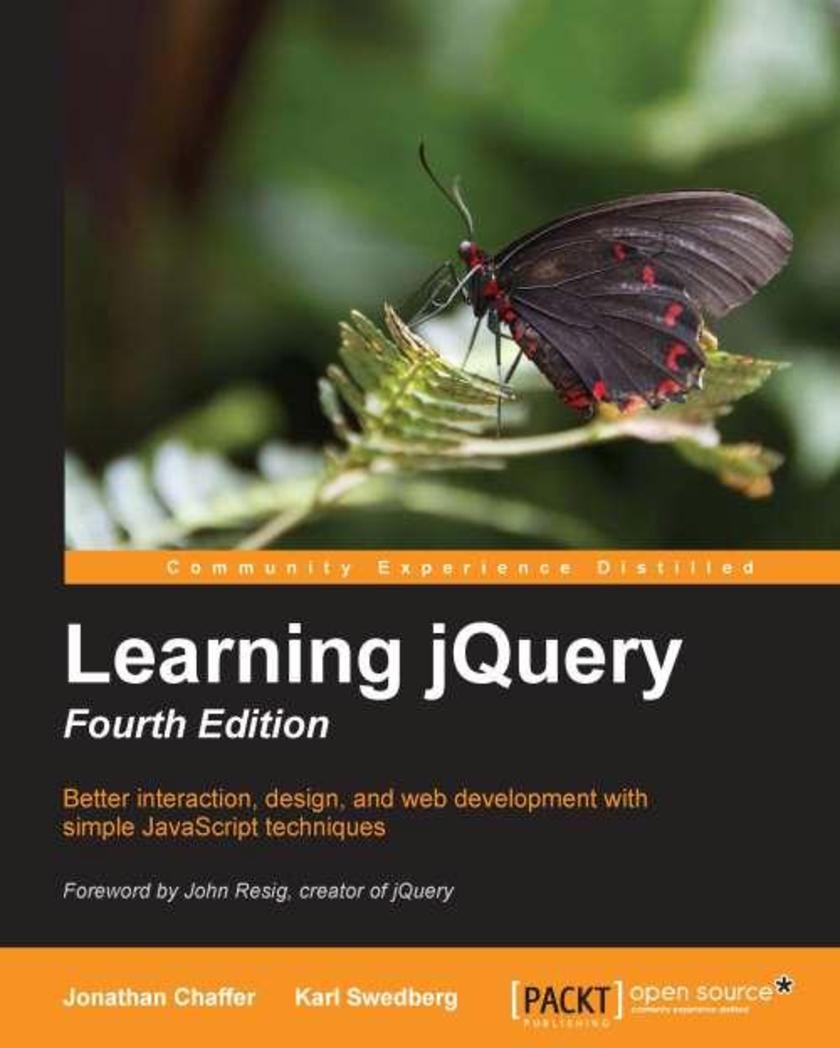
Learning jQuery Fourth Edition
¥71.93
Step through each of the core concepts of the jQuery library, building an overall picture of its capabilities. Once you have thoroughly covered the basics, the book returns to each concept to cover more advanced examples and techniques.This book is for web designers who want to create interactive elements for their designs, and for developers who want to create the best user interface for their web applications. Basic JavaScript programming and knowledge of HTML and CSS is required. No knowledge of jQuery is assumed, nor is experience with any other JavaScript libraries.
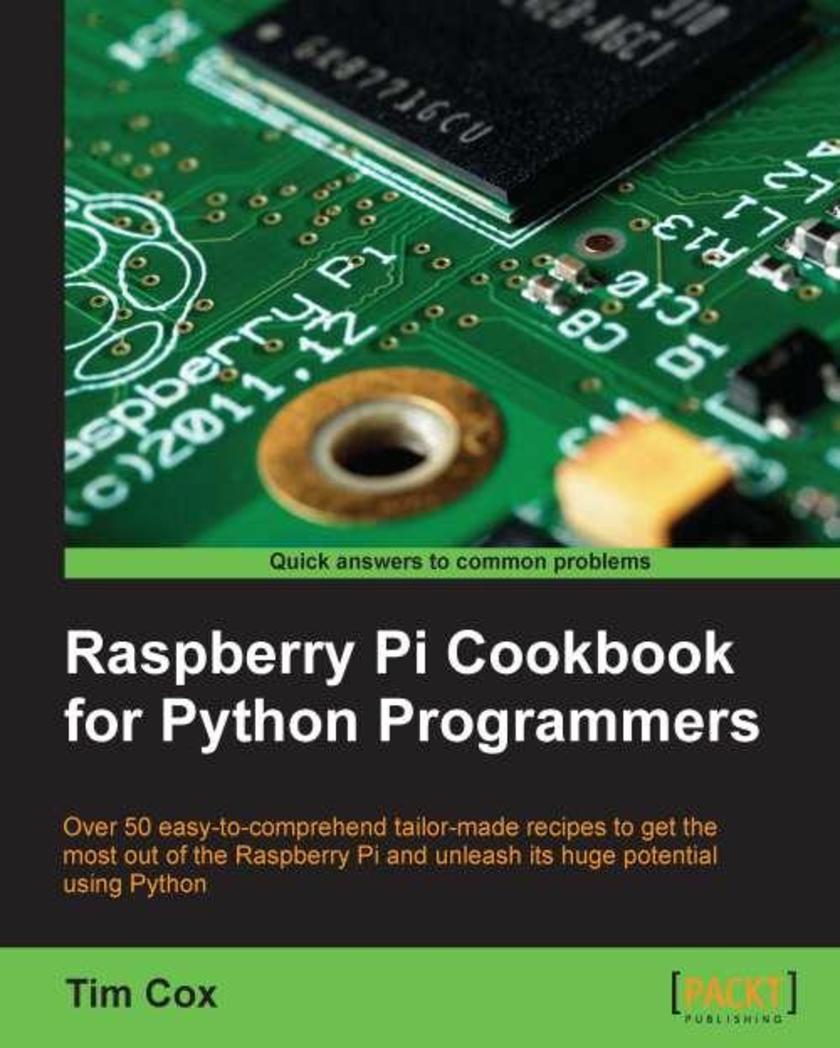
Raspberry Pi Cookbook for Python Programmers
¥80.65
"Raspberry Pi Cookbook for Python Programmers" is written in a Cookbook format, presenting examples in the style of recipes.This allows you to go directly to your topic of interest, or follow topics throughout a chapter to gain a thorough indepth knowledge. The aim of this book is to bring you a broad range of Python 3 examples and practical ideas which you can develop to suit your own requirements. By modifying and combining the examples to create your own projects you learn far more effectively with a much greater understanding. Each chapter is designed to become a foundation for further experimentation and discovery of the topic, providing you with the tools and information to jump right in. Readers are expected to be familiar with programming concepts and Python (where possible Python 3 is used), although beginners should manage with the help of a good Python reference book and background reading. No prior knowledge of the Raspberry Pi or electronics is required; however for the hardware sections you will need some basic electronic components/household tools to build some of the projects.

Software Development on the SAP HANA Platform
¥107.90
Software Development on the SAP HANA Platform is a general tutorial guide to SAP HANA.This book is written for beginners to the SAP HANA platform. No knowledge of SAP HANA is necessary to start using this book.
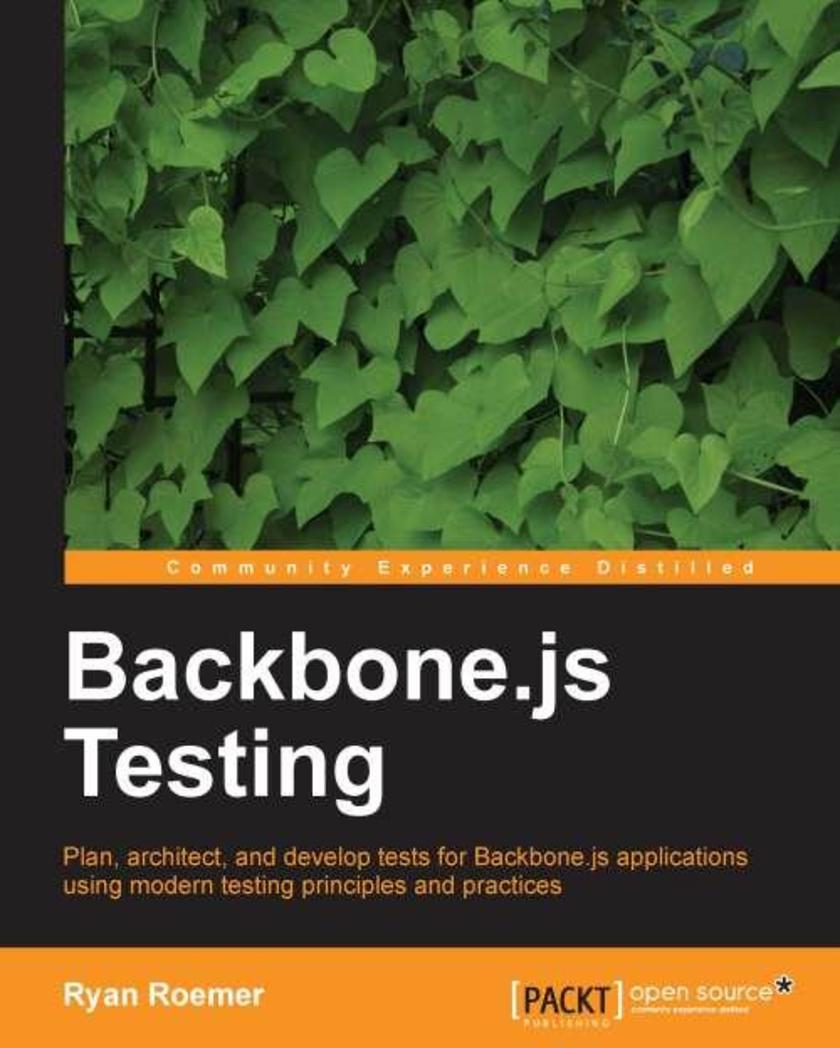
Backbone.js Testing
¥71.93
This book is packed with the step by step tutorial and instructions in recipe format helping you setup test infrastructure and gradually advance your skills to plan, develop, and test your backbone applications.If you are a JavaScript developer looking for recipes to create and implement test support for your backbone application, then this book is ideal for you.




 购物车
购物车 个人中心
个人中心



